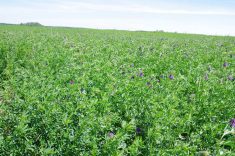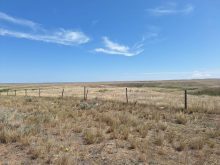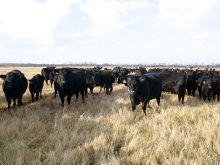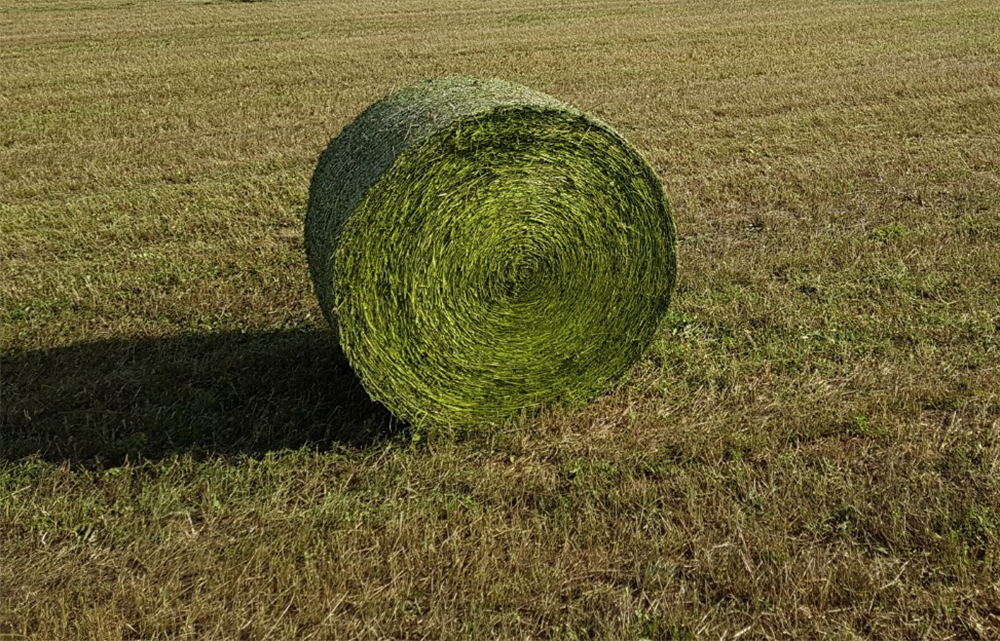Hay storage is an expense for farmers that may pay off, especially when grain prices are high and drought-stricken American producers seek feed.
A report prepared by beef and forage specialist Barry Yaremcio and senior production economist Dale Kaliel, both with Alberta Agriculture, found that shed storage can pay for itself through retention of hay quality and related savings in supplemental feed costs. However, variables such as the price of hay, the carryover strategy and hay loss assumptions will determine how long it takes before producers see a return on investment.
Read Also

Growing garlic by the thousands in Manitoba
Grower holds a planting party day every fall as a crowd gathers to help put 28,000 plants, and sometimes more, into theground
“The biggest surprise was how little a price change was needed to make the hay shed pay off in six years rather than 14 years,” Yaremcio said. “That’s only $15 a ton difference in price.”
Hay stored outside gradually loses quality, nutrition and palatability for cattle. That might require producers to supplement winter feed with barley, said Yaremcio.
With barley prices now at about $6.30 per bushel, the value of good forage increases in relative terms, making it even more worthwhile to protect hay quality and reduce grain needs.
“If you’re losing your 10 percent digestibility, you’re losing three to four percent of the protein, you’re losing three to four points on the digestible energy level … that’s going to be a big expense in the future.”
Bill MacFarquar of Cremona, Alta., has been in the hay business for more than 30 years. He said hay sheds or tarps are a “no brainer” in his operation.
“You can’t afford to spoil hay that’s worth anywhere from $150 a ton to $300 a ton, depending on the year. All of our hay production either gets tarped or goes into a shed.”
MacFarquar estimates those storage costs at about $20 per ton for sheds and $15 a ton for tarping.
If hay is stored outside, “you look at writing off 25 percent of $200 a ton value hay crop. That’s $50 out the window right there.”
He sells about half of his annual production for export and those customers demand that hay be well covered or stored. So do customers buying hay for horses or specialty livestock, he said.
Yaremcio recommends that producers feed older hay first and put the newer, higher quality hay under shed or tarp if they’ve decided to protect it.
Research done in the Westlock, Alta., region showed a 5.7 percent reduction in bale weight in feed stored over one winter. Weight loss for bales stored in a shed is about two percent, Yaremcio said in a report.


















